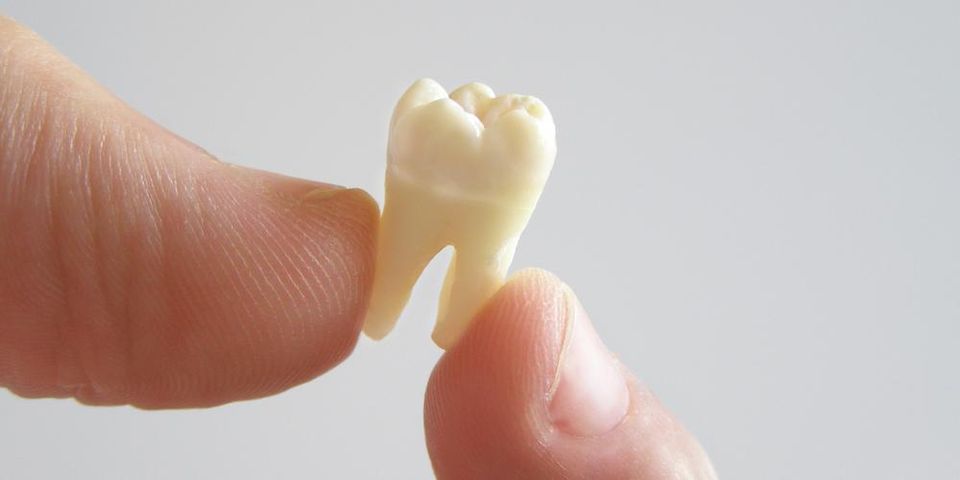What's the Difference Between Simple vs. Surgical Tooth Extractions?

Whether due to injury, decay, or overcrowding, sometimes a dentist must extract hazardous teeth from the mouth. When it happens, the dentist will need to perform either a simple or surgical tooth extraction. If the oral surgeon cannot easily remove the tooth with a forceps tool, a surgical procedure will be necessary. Typically, a dentist can determine the appropriate procedure by taking an X-ray and carefully examining the tooth. Here’s a closer look at the differences between the tooth methods.
Simple vs. Surgical Tooth Extractions
Simple
If the entire tooth is visible above the gum line, a dentist may have the leverage necessary to remove it with a forceps tool. After numbing the afflicted area with a local anesthetic, the dentist will gently rock the tooth back and forth so as to loosen the periodontal ligament. Eventually, the dentist can pull the entire tooth and root from the supporting bone. To minimize bone loss, the professional often will insert bone-grafting material into the socket.
 In the case of an unsuccessful simple extraction, a surgical one may be necessary. For example, if the tooth breaks into pieces, the surgeon can instead employ the surgical method.
In the case of an unsuccessful simple extraction, a surgical one may be necessary. For example, if the tooth breaks into pieces, the surgeon can instead employ the surgical method.
Surgical
Surgical extractions are necessary when the dentist needs to remove the gum tissue and bone in order to remove the tooth. For example, wisdom teeth are almost always removed via a surgical method because they are typically impacted, which means they have not completely erupted. Severely decayed teeth, those with long and curved roots, or those that are very crooked may likewise need to be removed via surgical methods.
Before the procedure, the surgeon will thoroughly numb the area with a local anesthetic, and they may also employ general anesthesia, intravenous sedation, or another method to help eliminate pain and improve patient comfort. The dentist will cut through the gum to expose the entirety of the tooth and the root so it can be successfully removed. In some cases, surrounding jawbone tissue may need to be impacted with a dental drill to access the tooth.
Sometimes, the surgeon can then pull it straight out with a forceps; other times, the dentist may need to remove it in several small pieces. Afterward, the dentist may stitch up the incision with dissolvable sutures.
To ensure a pain-free and comfortable tooth extraction process, consult the caring experts from Family First Dentistry in Anchorage, AK. From wisdom tooth removal to simple extractions, the team provides the high caliber of service that helps patients relax in the dental chair. To learn more about the friendly dental team, visit their website. You may also give the sedation dentistry a call at (907) 562-2820.
About the Business
Have a question? Ask the experts!
Send your question

